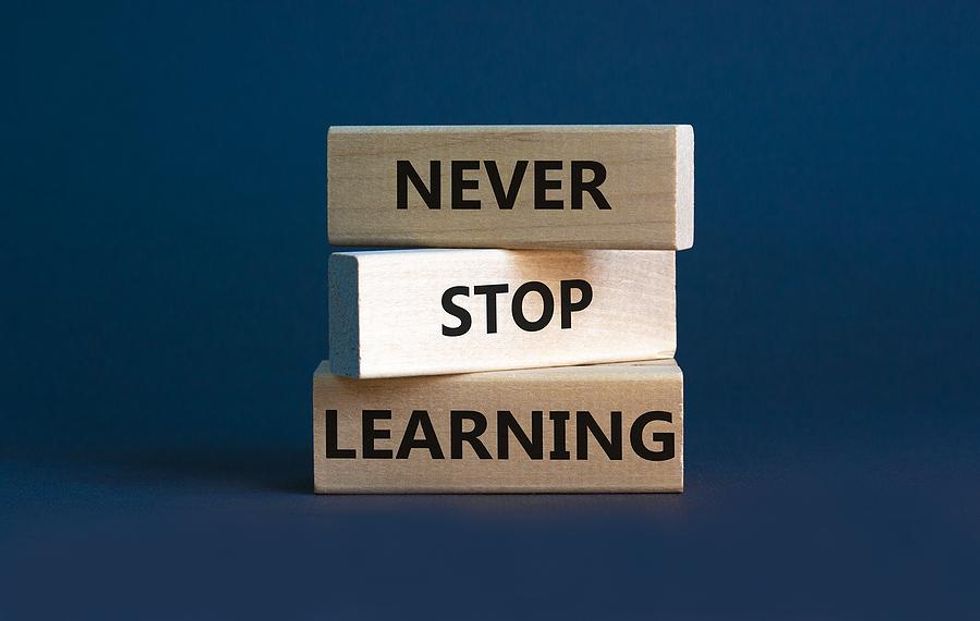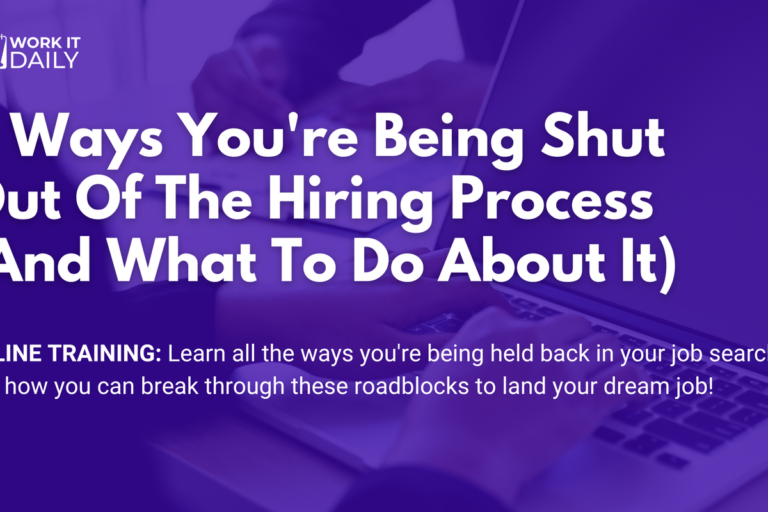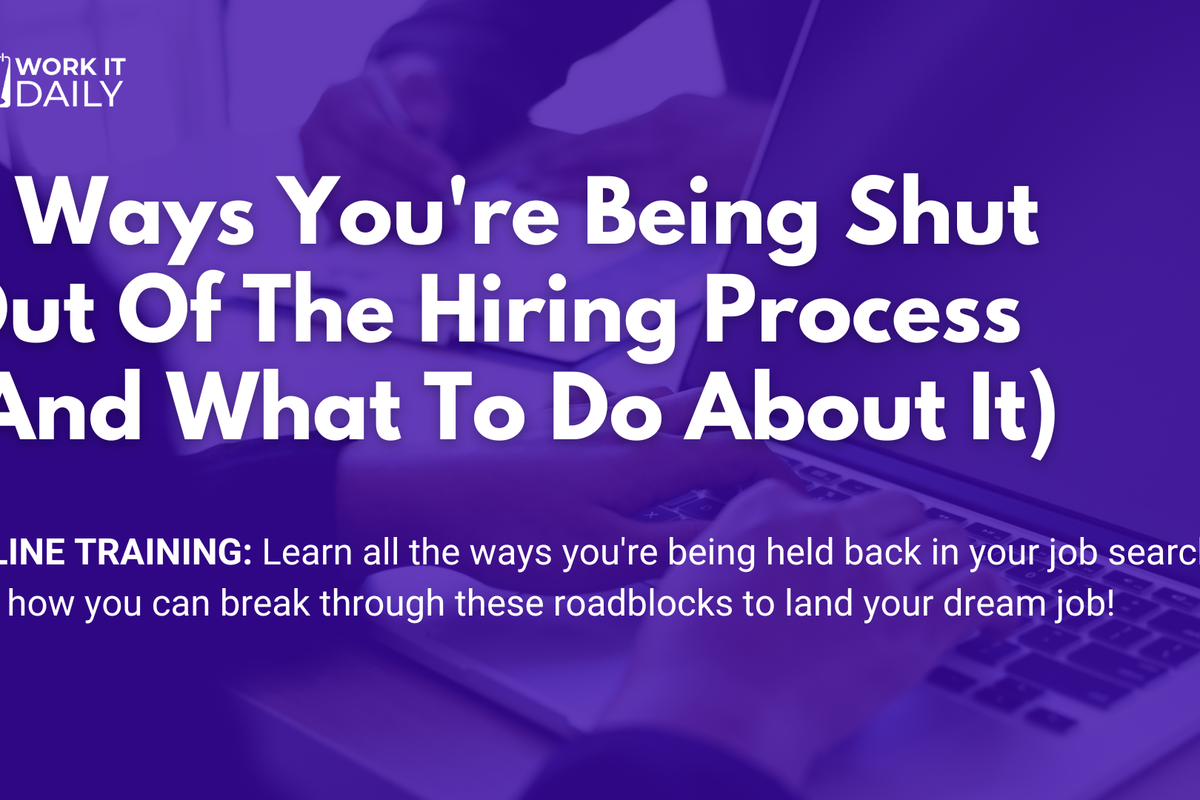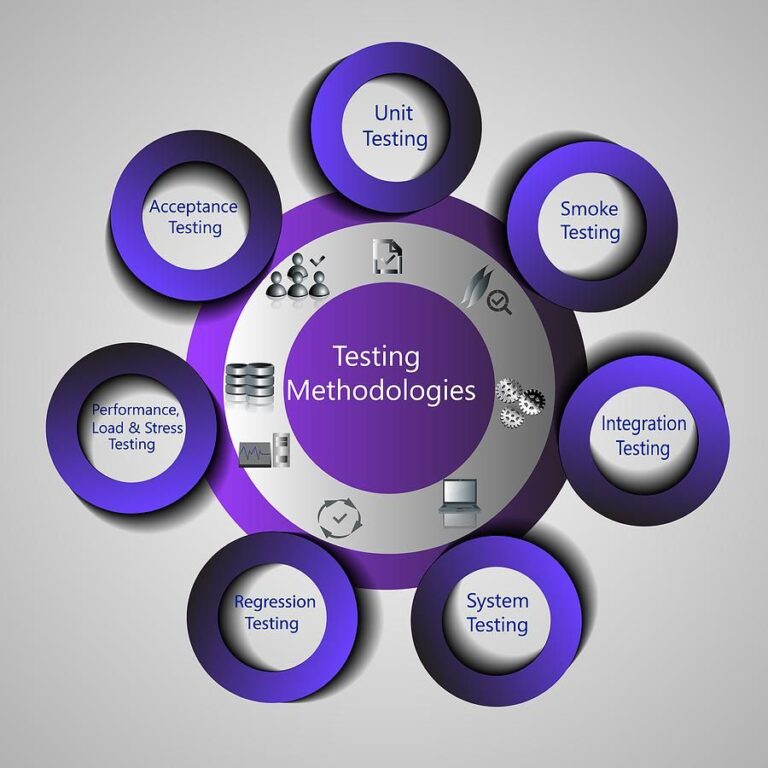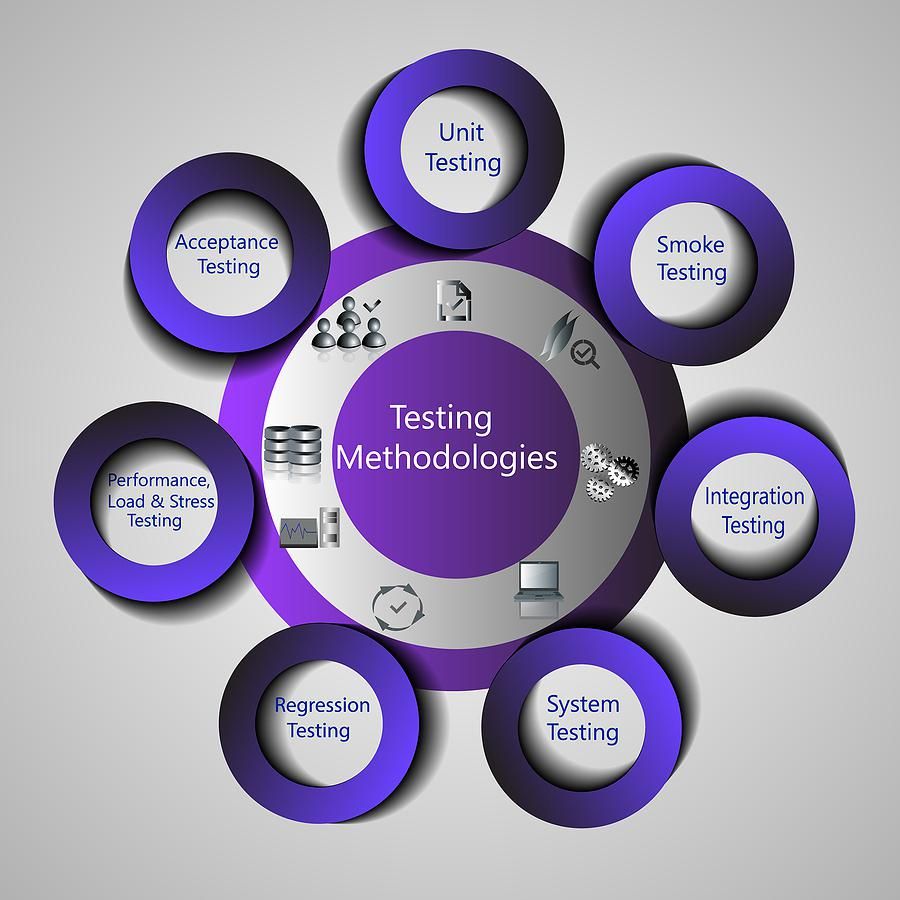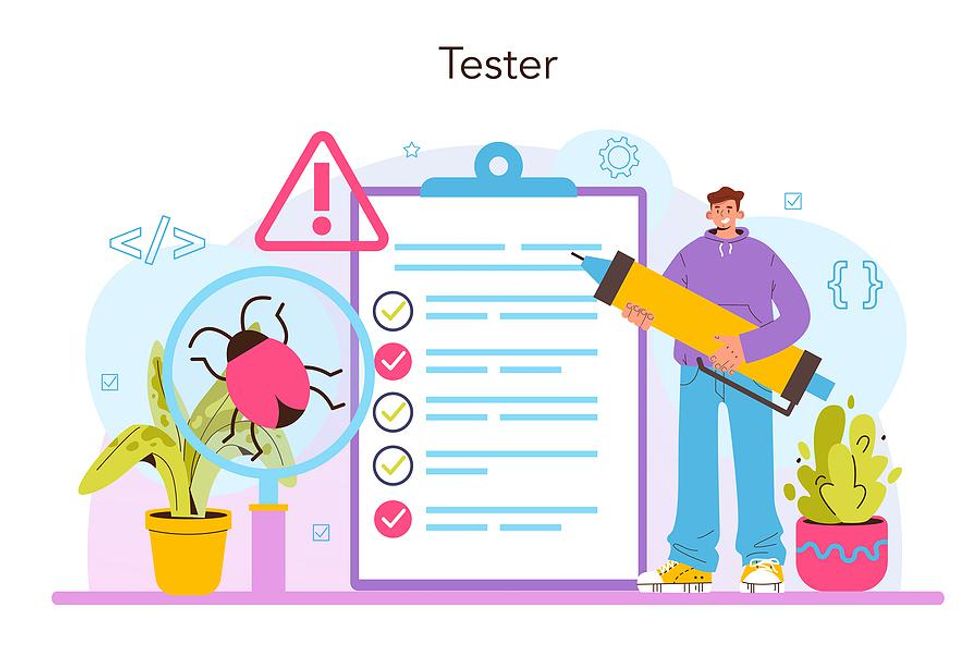Using Quality Management To Improve KPIs

âDo more with less.â
This seems to be top managementâs mantra these days. Contact centersâ performance is intensively measured, often down to the second, with KPI data such as average handling time (AHT) or first contact resolution (FCR).
With so much data available, the pressure is on to shave seconds off of call lengths and solve more problems the first time around.
You can use your quality team, their expertise, and their technology, to do this. The tried and tested Lean Six Sigma process improvement methodology can be applied to such problems. It can be summarized with the handy acronym âDMAIC.â
Hereâs how we would use this approach to make systemic reductions in AHT.
D for Define

In this stage, you define the aim and the scope of your project. For our example, the aim is to reduce AHT, so reducing the cost per call and the number of agents to handle a specific call volume.
The scope of the project might be for one team as a pilot project before rolling it out across the contact center.
This is also the stage where you recruit your project team. You will want a couple of agents, someone who can get hold of and analyze data, and a senior sponsor who should take a âhands offâ role but win you the co-operation of team leaders, etc.
In our example, our aim is to reduce AHT by 10%. We are using a small team of 10 agents for the pilot, and the project team consists of two experienced agents, a data analyst, and the facilitator.
M for Measure

Our critical to quality KPI is AHT. We want to reduce this by 10%. Now we need to figure out what might be the root causes that are making the calls so long.
We ask our agents to map out the call flow and after-call work process as they experience it. Itâs tempting for the facilitator to use a flow diagram from IT. Agents often use multiple applications which donât fit easily into a flow diagram. Agents often develop âworkaroundsâ when things donât work. They start as temporary measures, but then balloon into permanent institutions.
Itâs best to have these discussions with agents without management being present. Agents may not be willing to express themselves so freely in the presence of someone who can fire them.
Start by creating a simple process description with a âSIPOCâ diagram. If need be, you can flesh it out with more detail.
Once you have defined the process, then you need to brainstorm all the possible reasons why the calls might be long. For details on how to brainstorm, please see âfurther readingâ below.
Now you have your top 10 suspected root causes. You will decide how to measure them.
You will probably use them as evaluation criteria on a call listening form. For more details on creating such a form, please see âfurther readingâ below. If you have speech analytics technology, you may be able to automate some or all of these measurement activities, which will give you a much larger sample size.
Calls are either longer than or shorter than AHT, so we want to select two sample groups, one longer and one shorter
We listen to the calls and count the presence of the suspected root causes in them.
A for Analyze

Once you have listened to your sample, count how many times evidence of each root cause is found in the sample of âlongâ calls and how many times evidence of each root cause is found in the sample of âshortâ calls.
Where the evidence mostly appears in the longer calls, these are likely to be the real root causes. Where the evidence appears equally in both samples or mostly in the shorter calls, then these will not be the root causes of the calls being longer.
You have now identified your root causes based on data.
I for Improve
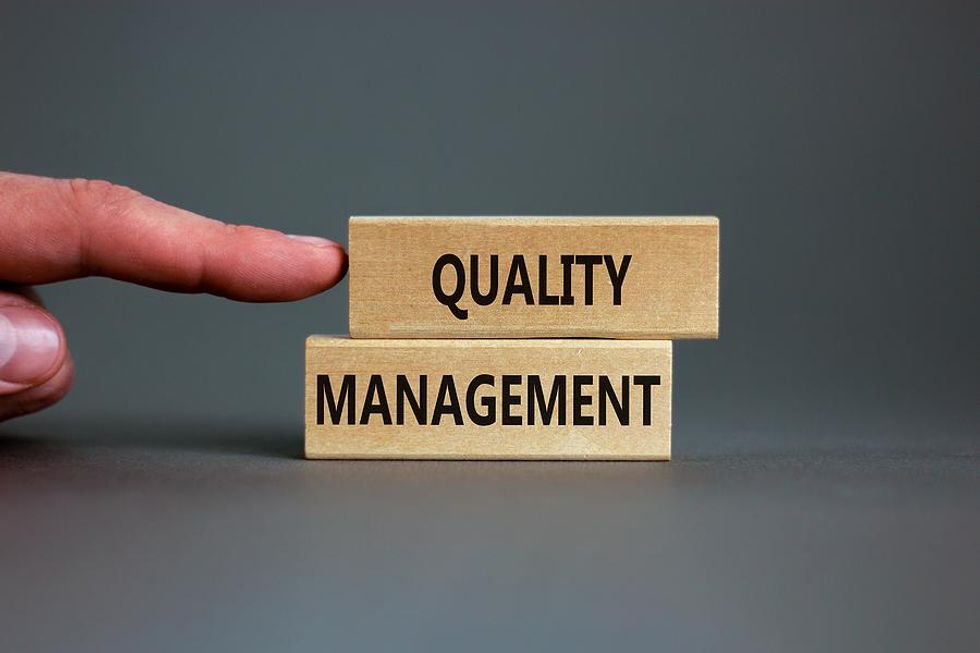
If the verified root cause is the result of agent behavior, then you can correct it with appropriate training.
If the verified root cause is the result of some system issueâfor example, agents are using an application that loads slowlyâthen you may need to look into improving the applicationâs performance.
If there are specific steps in the process that are slowing the agents down, then you may need to adjust the process.
There should be some scope for improvements.
C for Control

After taking corrective action, you will want to see if you have reduced AHT by 10%.
Itâs not hard to get those results.
You will now want to see if the change in AHT was the result of the root causes you identified.
Run the same measurement program for calls longer or shorter than AHT again. If the longer calls contain evidence of the same root causes in the same proportions as they did before, then your efforts may have been for nothing, and you did not find the root causes.
Wrap-Up
Do you need to get a grip on your KPIs and âDo more with lessâ? Perhaps this might help. If youâd like to know more, Iâd love to hear about it!
Further reading…
Here is my article on brainstorming: How To Run A Brainstorming Session
Here is my article on quality standards: Creating Quality Standards For Contact Centers






